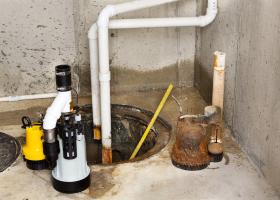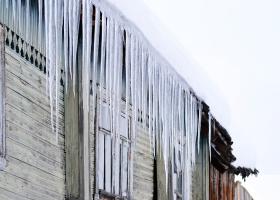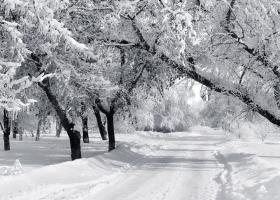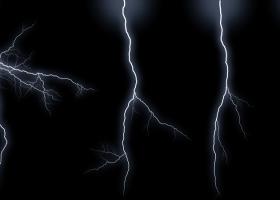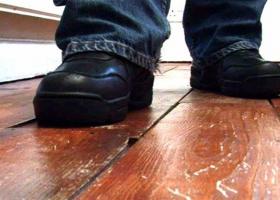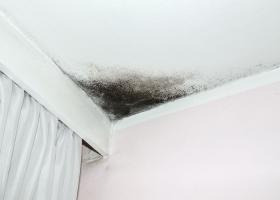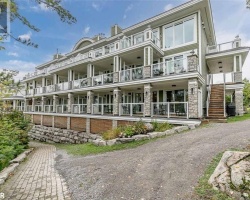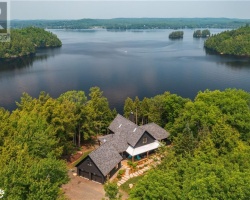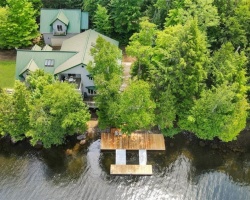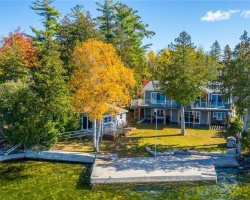Why Is Freezing Water Such A Problem for a Cottage?
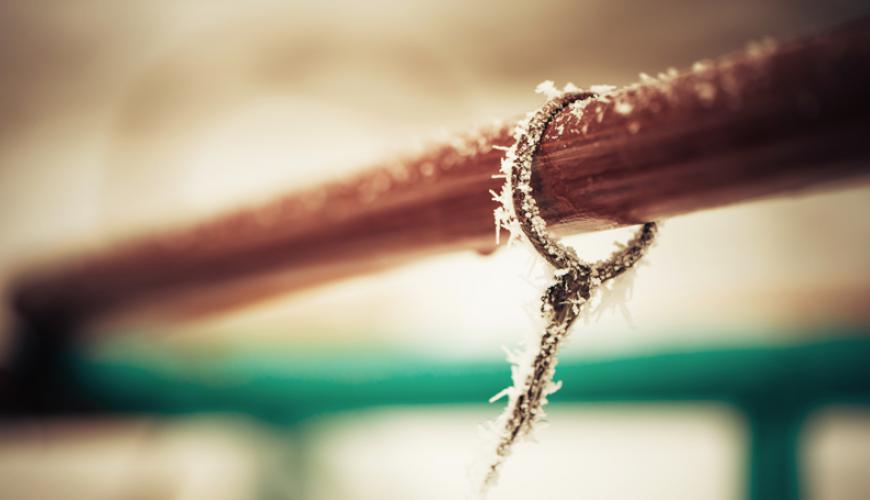
If the temperature inside a house gets below 32° Fahrenheit (0° C) it's likely that the water supply pipes and the drain traps will freeze. When water freezes it expands about 9 percent, and if there is no room for expansion it's possible that the pipe will develop a crack. When the ice thaws the pipe will leak. Fixing a burst pipe can be expensive, but the damage from uncontrolled water leakage can be a lot more expensive.
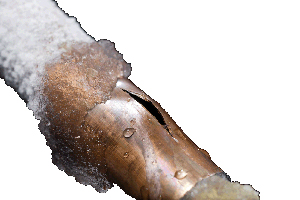 Even a well-insulated house with plumbing built to current codes can experience a disastrous water leak from frozen and burst pipes. But this problem usually happens when the heating systems fails during cold weather and nobody is home to notice. The classic example is a house left empty while the owners take a winter vacation. The solution to this problem is simple: Have someone visit your house every day or two and make sure everything is working.
Even a well-insulated house with plumbing built to current codes can experience a disastrous water leak from frozen and burst pipes. But this problem usually happens when the heating systems fails during cold weather and nobody is home to notice. The classic example is a house left empty while the owners take a winter vacation. The solution to this problem is simple: Have someone visit your house every day or two and make sure everything is working.
There are two main weaknesses in a house that can allow pipes to freeze in cold weather: Inadequate insulation to keep all areas warm, and water supply pipes and fixtures that are not kept inside the insulated building "envelope".
Any point where the plumbing supply pipes are close to the outside walls is a potential spot for freeze damage.
RULE: The pipes need to be kept on the warm side of the insulation. Pipes should never be placed in the middle of the insulation.
If a house is known to have a problem with freezing pipes, the simplest solution is to leave the water running when the temperature is cold enough for pipes to freeze.
Some people have the notion that wrapping water pipes with insulation will prevent them from freezing. This is not necessarily true. By wrapping pipes with insulation, there is a risk that the pipes will be insulated from the warmth of the house.


